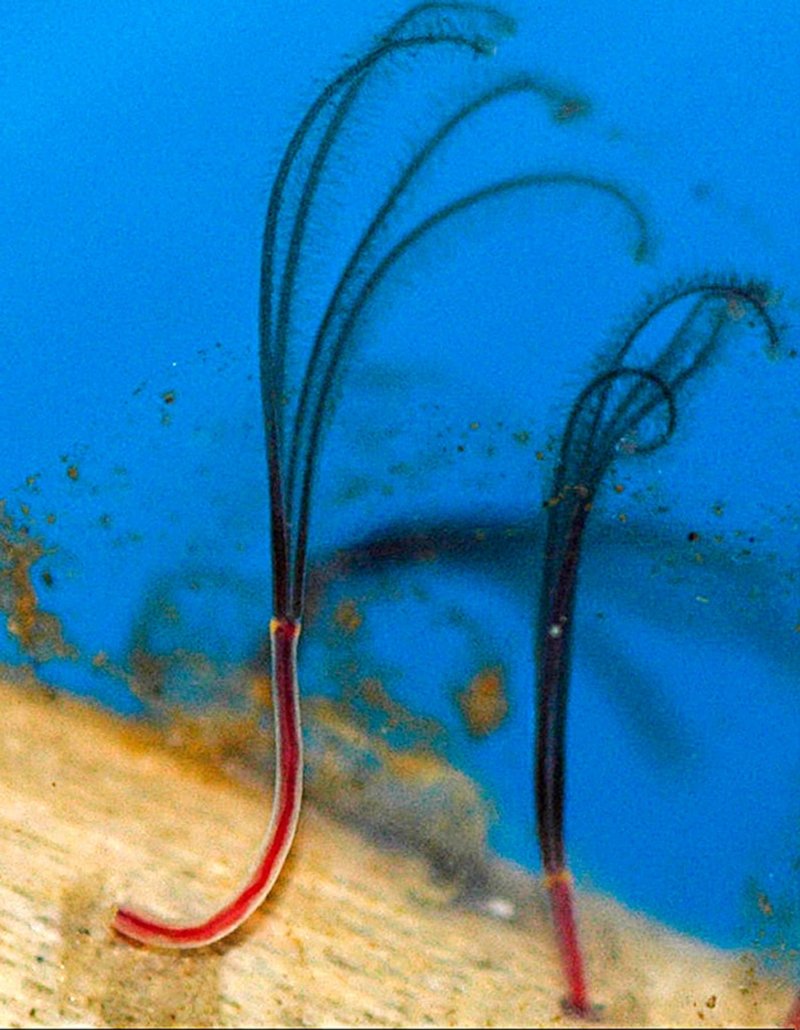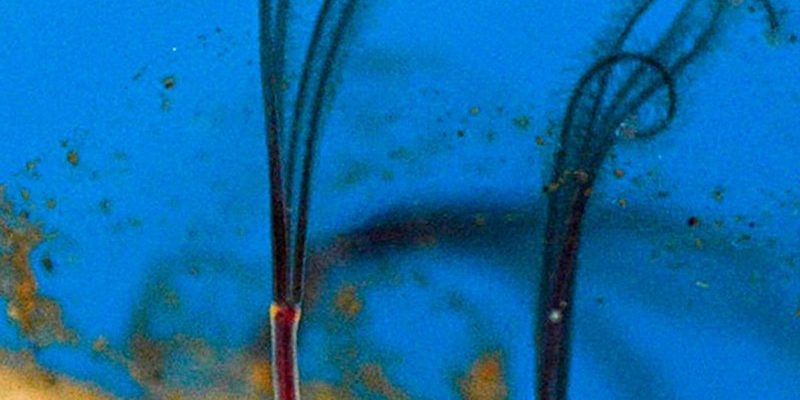
In the depths of our oceans or even in some unique terrestrial environments, these worms thrive where many others cannot. They can break down substances that seem impossible to digest. By turning bone into nutrients that other organisms can use, they contribute significantly to soil health and the overall balance of aquatic ecosystems. It’s like they’re nature’s recyclers, ensuring that nothing goes to waste. Let’s dig deeper into their world and discover how these remarkable creatures help sustain life on our planet.
What Are Bone-Eating Worms?
Bone-eating worms, often referred to as *Osedax*, belong to a specialized group of marine worms that feast exclusively on bones. Their name comes from the Latin words “os” (bone) and “edax” (eating). These worms were first identified in the early 2000s, and since then, scientists have been fascinated by their unique feeding habits.
What sets *Osedax* apart is their ability to thrive in deep-sea environments, where food can be scarce. They colonize the bones of dead marine animals, such as whales and fish, lying on the ocean floor. You might wonder, how do they even access the nutrients locked within those hard bones? Well, they secrete enzymes that break down the bone material, allowing them to absorb the essential nutrients like calcium and phosphorus. It’s a bit like how composting works—turning something that seems unusable into something valuable.
Interestingly enough, these worms have a special relationship with bacteria. The bacteria live inside the worms and help them digest the collagen and other organic materials found in bones. Together, they form a team that’s quite effective at recycling nutrients. This symbiotic relationship is essential for the worms’ survival, and it highlights the complexity of marine ecosystems.
The Importance of Bone-Eating Worms in Aquatic Ecosystems
You might be wondering why we should care about bone-eating worms. Aside from being weirdly cool, they play a vital role in maintaining the health of aquatic ecosystems. When large marine animals die, their bodies sink to the ocean floor, providing a buffet for various organisms. *Osedax* worms step in as the cleanup crew, ensuring that these nutrients don’t just sit there rotting away.
By breaking down bones, these worms help recycle nutrients back into the ecosystem. As they consume the bones, they release essential nutrients into the surrounding sediment, promoting the growth of other organisms. This process helps support a variety of marine life, including fish, crustaceans, and other bottom-dwelling creatures—essentially feeding a whole community.
Moreover, the presence of these worms can affect the habitat itself. By bio-eroding bones and reducing the amount of hard substrate on the ocean floor, they create space for other organisms to thrive. This means that while they’re munching away, they’re also shaping the ecosystem, allowing more life to flourish in these deep-sea environments.
Bone-Eating Worms and Soil Health
Although bone-eating worms are often associated with marine ecosystems, they can also influence soil health in unique ways. When carcasses decompose on land, various organisms—including scavengers and decomposers—play a role in breaking them down. This is where our little friends can come into play, too, though they are more prevalent in aquatic environments.
As bones decompose, they provide a slow-release source of vital nutrients for the soil. These nutrients can help grasses, shrubs, and trees grow strong and healthy. The breakdown process supports a range of flora and fauna, showcasing the interconnectedness of life. In essence, bone decomposition enriches the soil, promoting fertility.
Additionally, *Osedax* serves as a fantastic example of what happens when ecosystems remain balanced. When scavengers and decomposers, including worms, are allowed to do their job, they help maintain the cycle of life and death. This balance is vital for the health of our planet—without it, we could see declines in soil quality and biodiversity.
How Do Bone-Eating Worms Adapt to Their Environment?
Adapting to life in such extreme environments is no easy feat, but *Osedax* worms have evolved some impressive survival techniques. One of the most notable adaptations is their ability to thrive on nutrient-poor diets. Unlike many other marine organisms that rely on sunlight and phytoplankton for their energy, bone-eating worms draw their sustenance directly from the bones of dead animals.
Another fascinating aspect of their biology is their reproduction. *Osedax* worms don’t just reproduce through typical means; they can grow from small larvae into mature worms by finding and colonizing a suitable food source. This means that if they find a bone, they can quickly set up shop, allowing their population to explode in the right conditions.
These worms also possess specialized structures called *root-like* extensions, which allow them to anchor themselves to bones. These extensions not only help them latch on but also increase their surface area, letting them absorb more nutrients effectively. This flexibility is crucial when competing for food in a community where not everyone is feeding on the same resource.
Bone-eating worms might be tiny and often overlooked, but they play a monumental role in both aquatic and terrestrial ecosystems. By breaking down bones and recycling vital nutrients, they help sustain diverse life forms and maintain the balance of nature. Their unique adaptations and symbiotic relationships with bacteria show us just how intricate and interconnected life can be.
As we continue to explore our planet and its many ecosystems, let’s remember the importance of even the smallest creatures. They remind us that every part of our ecosystem, no matter how strange, has a critical role to play. So, next time you think of worms, consider the bone-eating variety and the remarkable work they do behind the scenes. They may be unsung heroes, but their contributions to our planet are worth celebrating!

